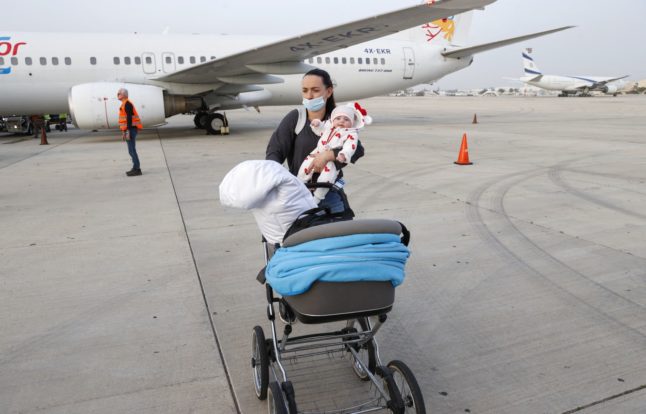In the last 12 years, more than 1.6 million foreigners have applied for Spanish citizenship, but a lack of human and material resources has created a huge backlog.
Spanish law states applicants must get an answer within a year of submitting their application, but this rarely happens.
Currently, more than 300,000 people are still awaiting a response.
Although waiting times are in most cases between two and three years, there are applicants who have been left hanging since as far back as 2015.
READ MORE: How long are waiting times for the Spanish citizenship process?
Fortunately, since mid-2022, the Spanish government is reportedly speeding up the process.
A new type of software or “app” is helping Spain’s Justice Ministry to automatically verify documents and data relating to each application without the need for them to be checked by civil servants.
And, as opposed to Spanish funcionarios’ notoriously short work hours and lax attitude, the application works 24 hours a day, 365 days a year.
Although the decision to grant or deny Spanish citizenship still rests on the shoulders of civil servants, the automatisation of other important steps involved in the application process is helping to save a lot of time.
Since the new system was implemented in August 2022, more than 79,000 citizenship applications based on residency have been processed, meaning that at the current rate around 316,000 cases could be closed in the next year, in theory resolving the bottleneck.
READ ALSO: How foreigners can get fast-track citizenship in Spain
According to Justice Ministry sources, the software has saved the team of civil servants who are responsible for citizenship applications more than 157,000 hours of work.
The ministry also hired an extra 295 civil servants in 2022 to address the backlog, which comes preceded by similar ‘action plans’ in 2019 and 2021 which also saw extra civil servants temporarily hired to unclog the system.
However, it’s worth noting that Spain’s public administrations are plagued by painstaking delays in all manner of official processes, from the recognition of foreign qualifications to the concession of disability benefits, and what is promised in theory as a solution doesn’t always work in practice.
The timing of this new automated system is certainly positive, as the recent approval of Spain’s new ‘grandchildren’ citizenship is expected to see as many as 700,000 foreigners who don’t even live in Spain apply for Spanish passports.
As part of the EU’s coronavirus rescue plan, Spain announced in 2020 that it would plough €15 billion into the country’s digital transformation, which included funds geared towards modernising the systems used by the country’s public administrations.
READ ALSO: How long do Spain’s main visas and residency processes take?



 Please whitelist us to continue reading.
Please whitelist us to continue reading.
Member comments